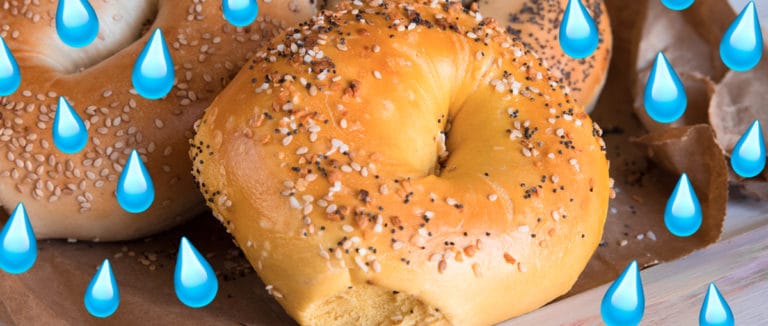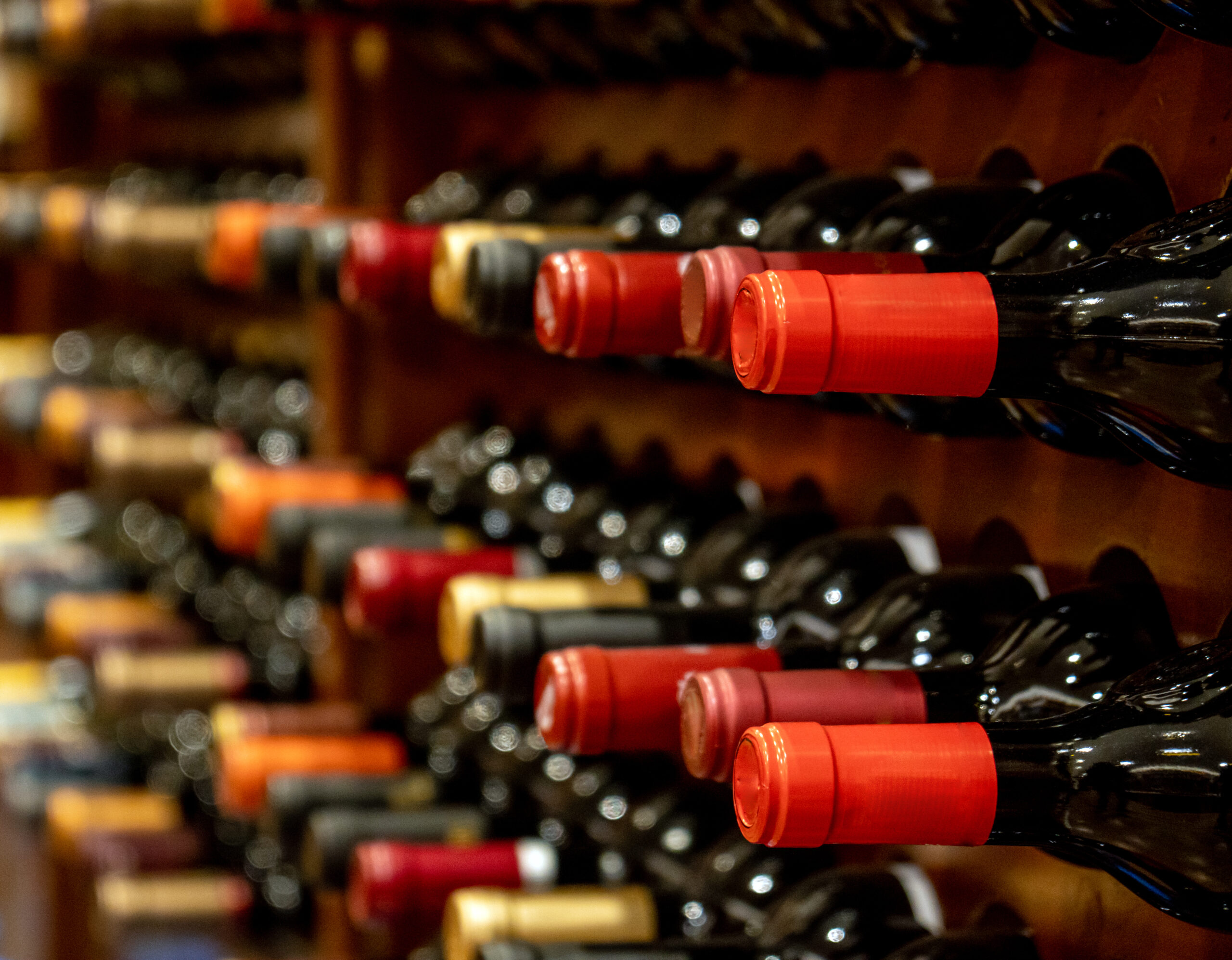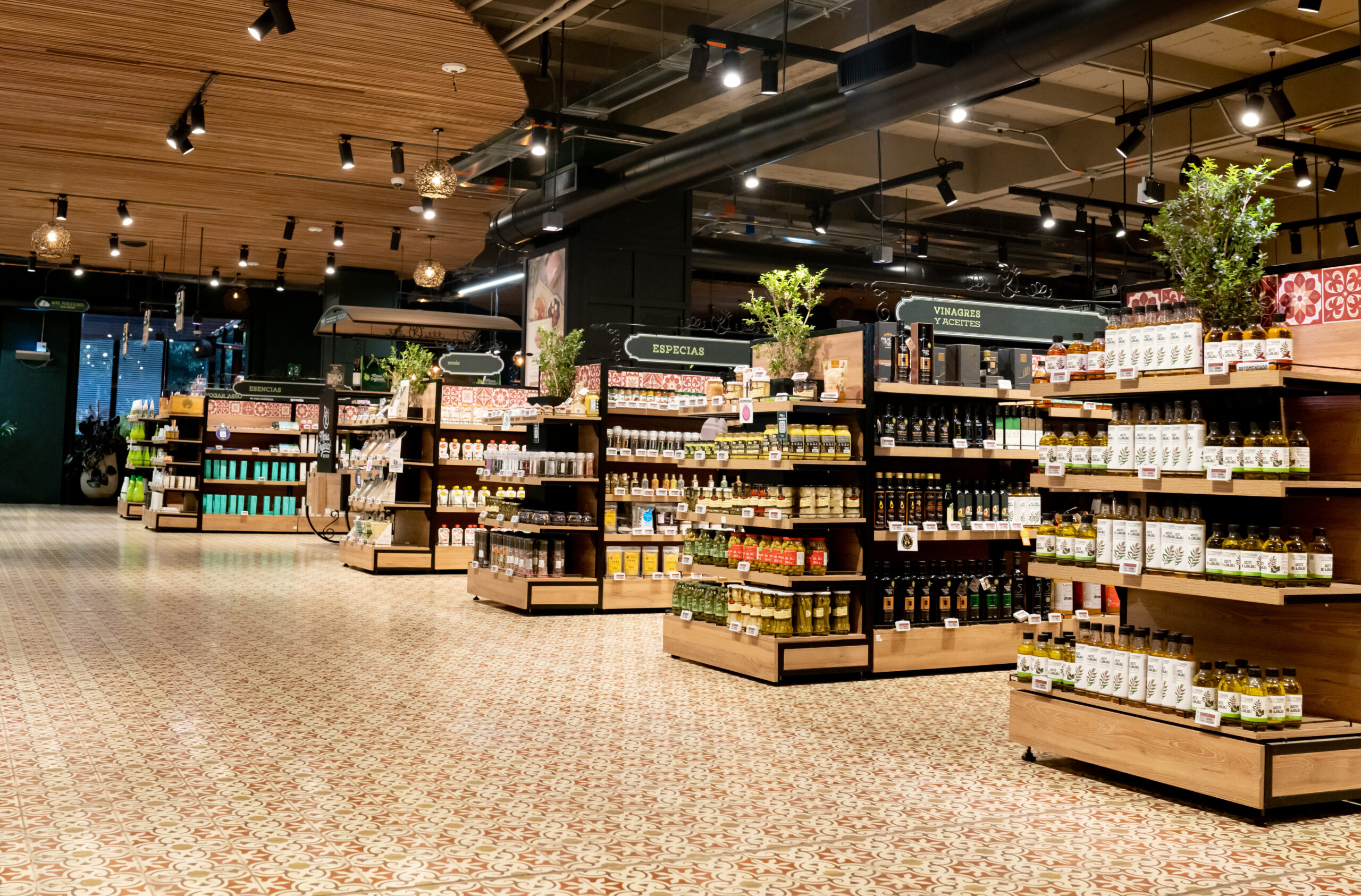According to many bagel lovers, East Coast bagels, and specifically those in New York, are just built different. Why? Well, many believe it’s all about the water.
Are New York’s Bagels Better Because of the Water?
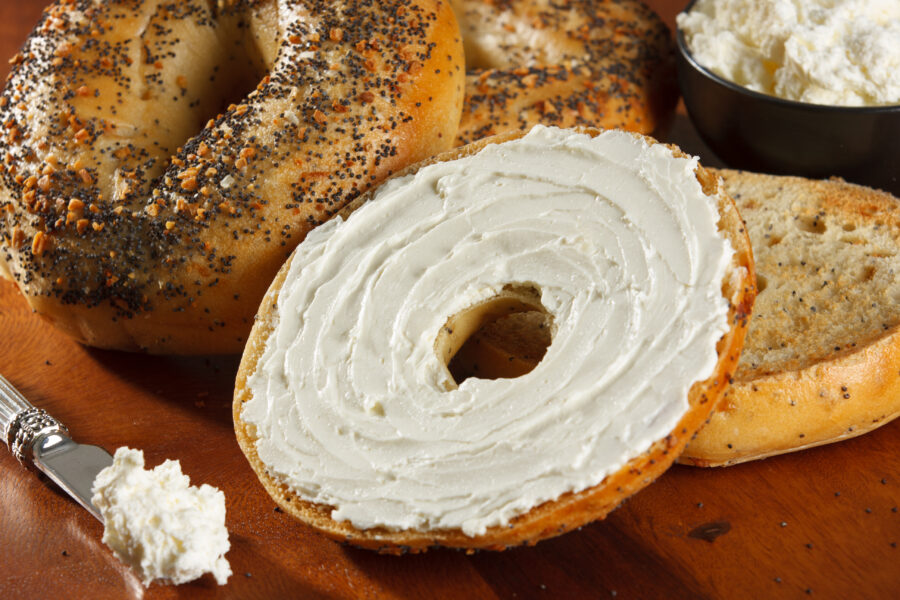
It’s a sentiment you’ll hear time and again: New York City’s bagels are just better. If you want an authentic, delicious bagel, you have to head to the East Coast.
Many people claim that the water in New York is what changes the taste of bagels. But it’s something that has been a frequent source of debate.
Can water really make that big a difference when it comes to the flavor of your morning bagel? Yes, it can. And there’s actual science to back up this claim.
Where Does New York’s Magical Water Come From?
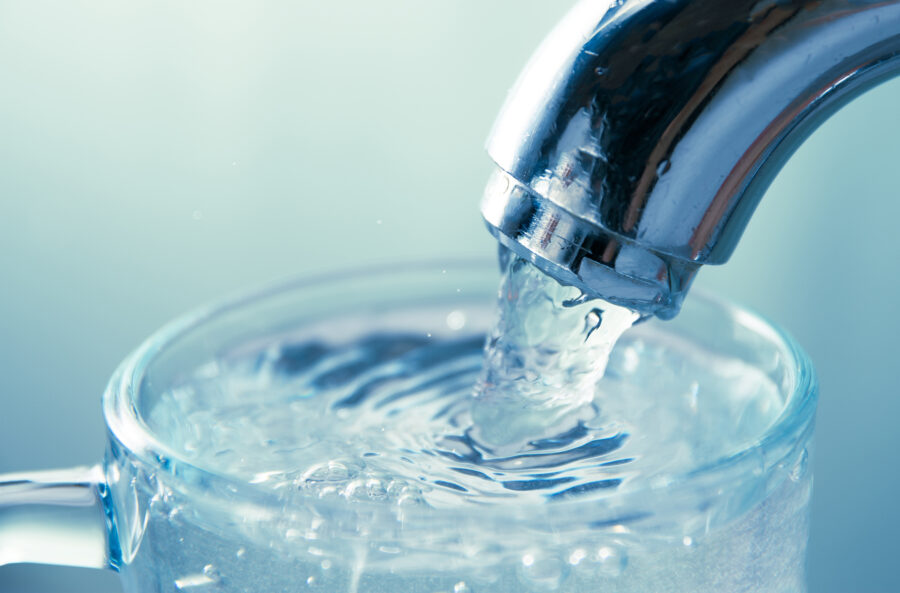
When we talk about New York City water and how it could affect New York’s bagels, we have to talk about its origins. Where does that water come from?
According to Food & Wine, 90% of the tap water in New York City comes from the Catskill and Delaware Watersheds, which makes an extensive journey through pipes and streams.
New York’s water is then treated with a variety of chemicals to disinfect it and raise its pH levels to create the perfect drinking water. Tasty!
Critical Composition of New York’s Water
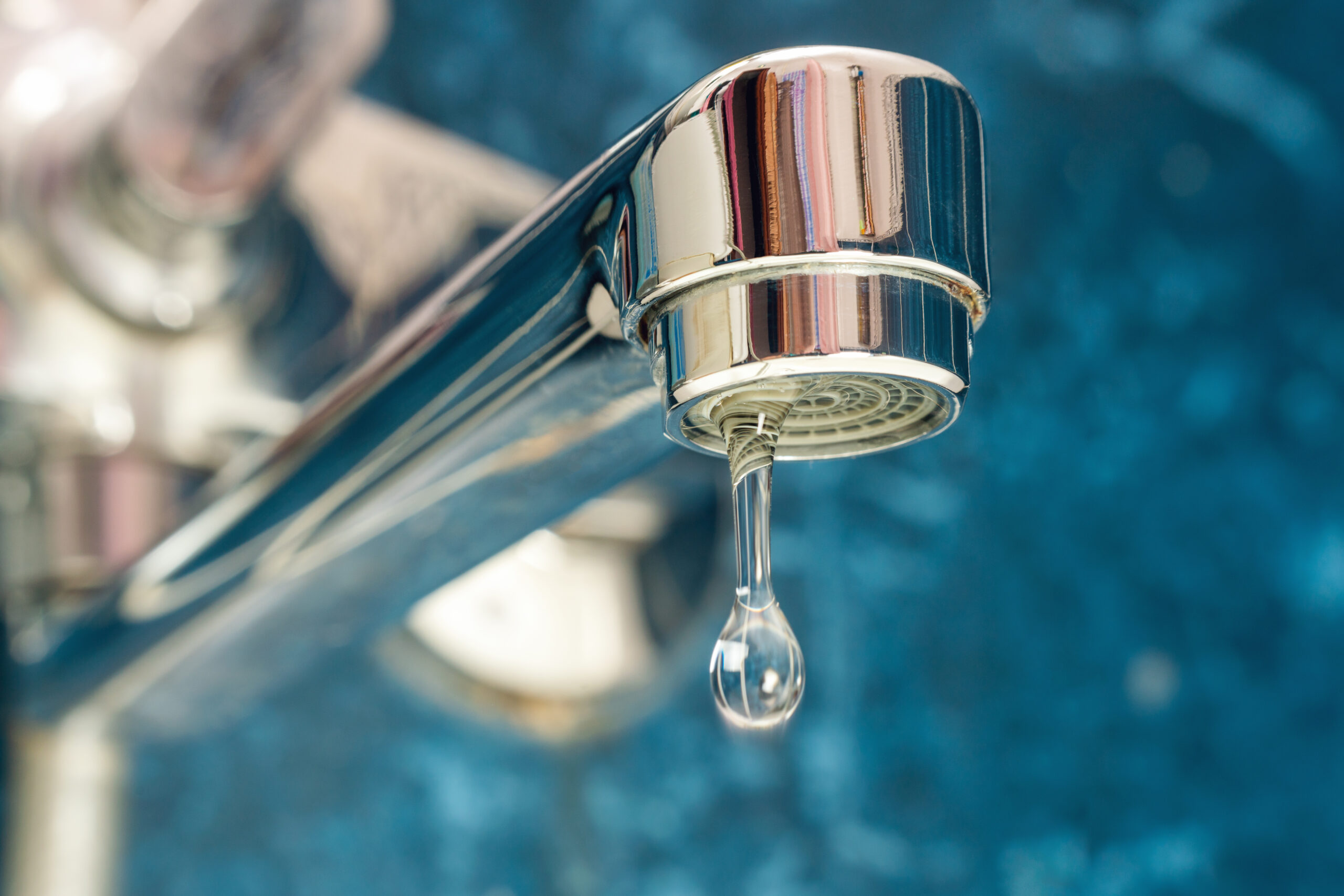
What exactly is in (or not in) New York’s water to make it the perfect soft water for creating bagels? Luckily, that’s a question that science has already answered.
Certain minerals are said to contribute to the making of the perfect bagel. New York’s water has low concentrations of calcium and magnesium.
It also has a high level of sediment, which might not sound too great for drinking water but is apparently essential for bagels. Yum, sediment!
Journey to the Big Apple
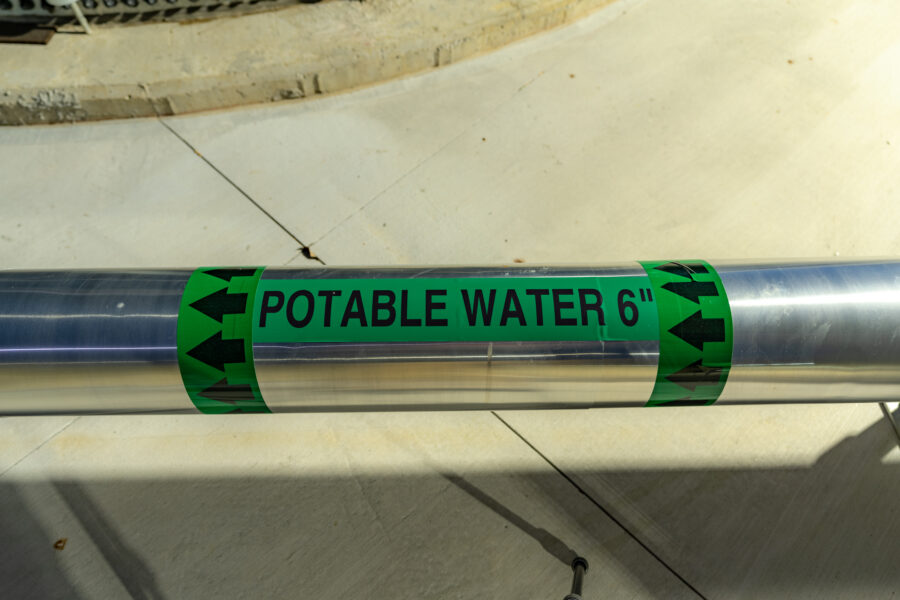
After treatment, New York’s water goes through iron and steel pipes to reach its final destination in the homes and bakeries of the city.
While traveling through those pipes, it’s thought that New York’s water picks up minerals, elements, and other flavorful components, like sulfate, radium, and thorium. Yum!
In the end, all of these steps along the way New York’s water actually changes the way the water tastes. And in turn, how New York’s bagels taste.
Why All This Water Stuff Matters for New York’s Bagels
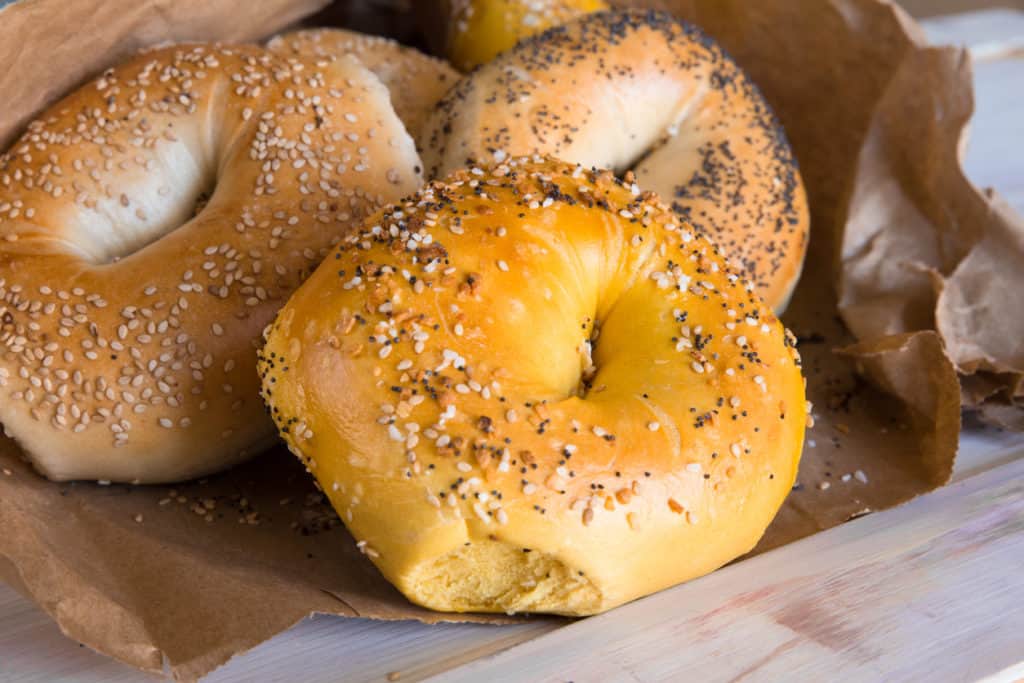
New York water is often called “soft,” which makes it taste differently than “hard” water, maybe even a little saltier. It contains less calcium and magnesium than hard water.
Why does that matter? The calcium and magnesium in hard water strengthen the gluten, making the finished bagel, bread, pizza, or any other doughy treat tougher and stronger.
Soft water makes the dough softer and stickier. This could explain why New York bagels are softer and, thus, more delicious. No one likes a hard, tough bagel!
Production Process Matters, Too
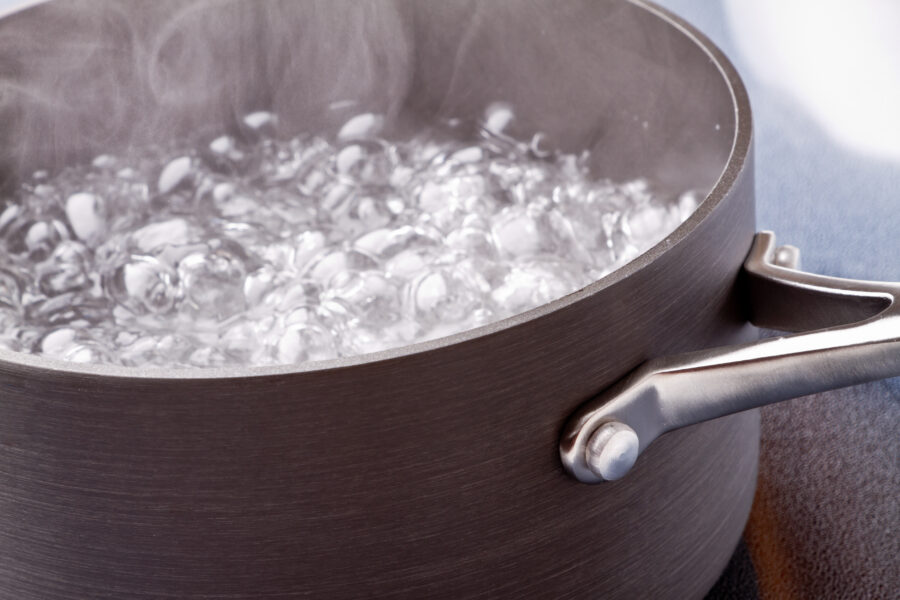
Food & Wine says this. “Proofing the yeast and the boiling of bagels prior to baking them is what better defines the texture and taste of signature New York bagels.”
Unfortunately for bagel connoisseurs, many bagel makers skip that boiling or poaching step. This is because the equipment is simply too expensive and takes up space.
Instead of properly boiling their bagels, they brush them with water and baking soda, then blast them with steam while in the oven. It doesn’t produce the same results.
Why is Boiling Bagels Important?
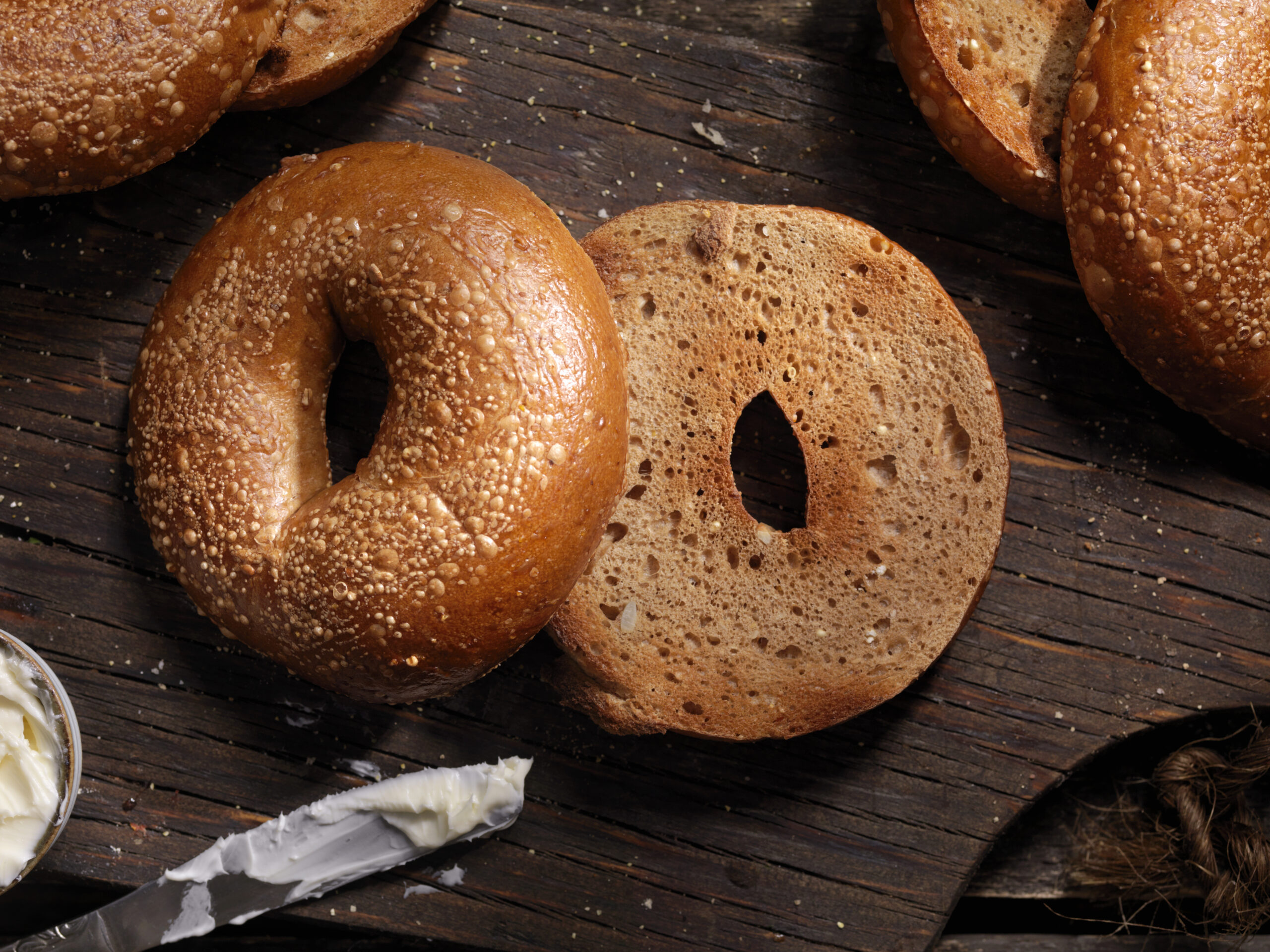
To understand what makes New York’s bagels so outstanding, it’s important to understand the basics of bagel making. What’s the process of making the greatest bagels?
We’ve already mentioned that New York’s bagels are boiled or poached. But why is this so important? There are several key reasons.
When a bagel hits boiling water, its starches become gelatinized, and its yeast is activated. This gives bagels a sturdier structure and a more satisfying chewiness.
Getting a Crisp-But-Not-Too-Crunchy Crust
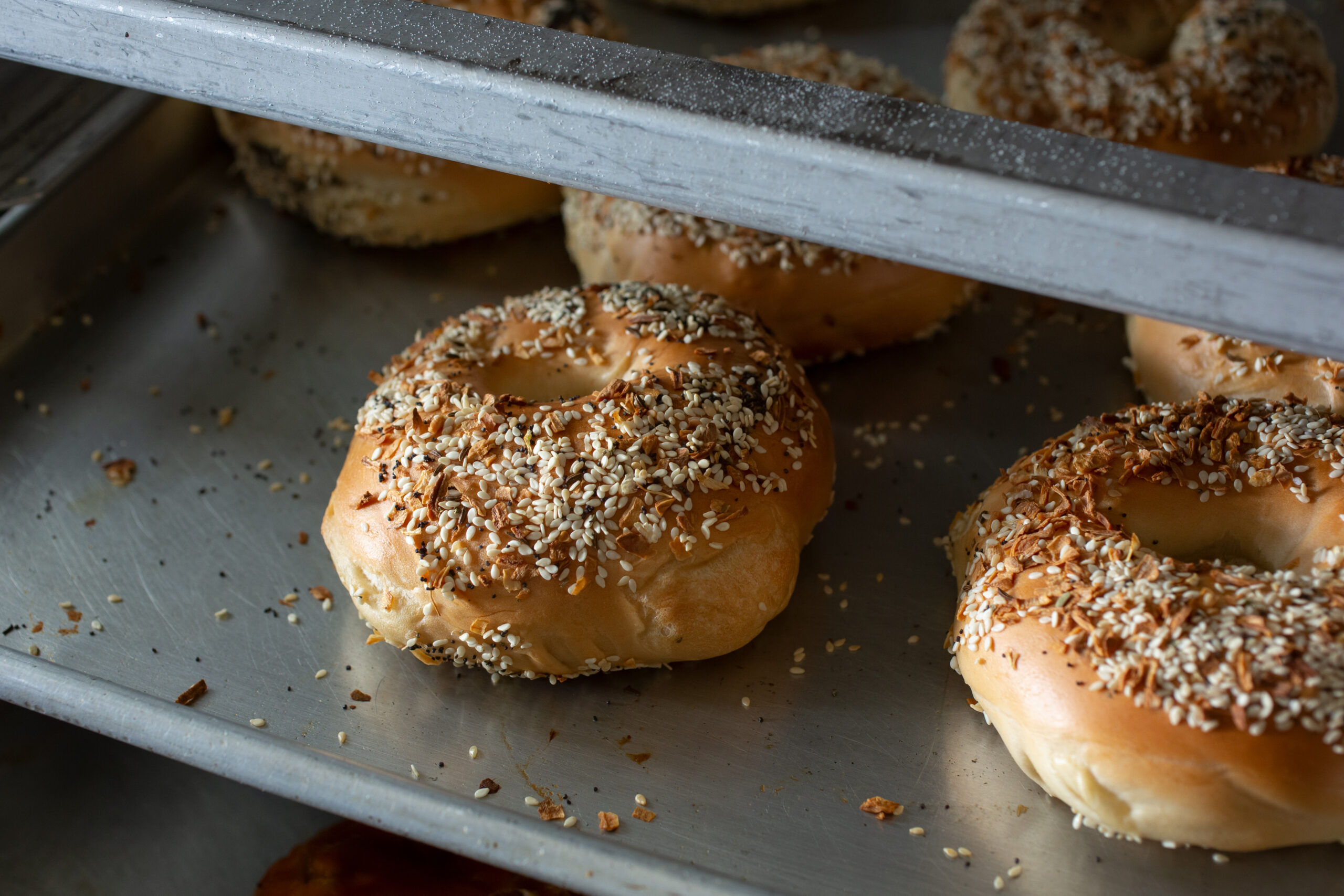
Bagels don’t have a true crust, but traditionally, they should have a good “bite.” This is yet another effect of boiling bagels and achieving starch gelatinization.
Gelatinization results in the water within the bagel’s outer shell being “bound,” meaning it can’t evaporate as easily. This helps retain the moisture within the starch of the bagel.
It also means that the water can’t evaporate away in the oven to give the bagel a crunchy crust like other breads. This leaves you with the bagel’s signature “bite.”
Give Yeast a Chance

The yeast in a bagel is another important part of what makes New York’s boiled bagels so iconic. The trick is to maintain some of the yeast.
Yeast is a living organism, and it thrives at body temperature. High temperatures can kill off yeast by disrupting its internal systems, but it’s not immediate.
When you boil a bagel, it takes time for the heat to penetrate into the depths of the dough. Some yeast in the center of the bagel survives, adding flavor.
What’s in Bagel-Boiling Water?
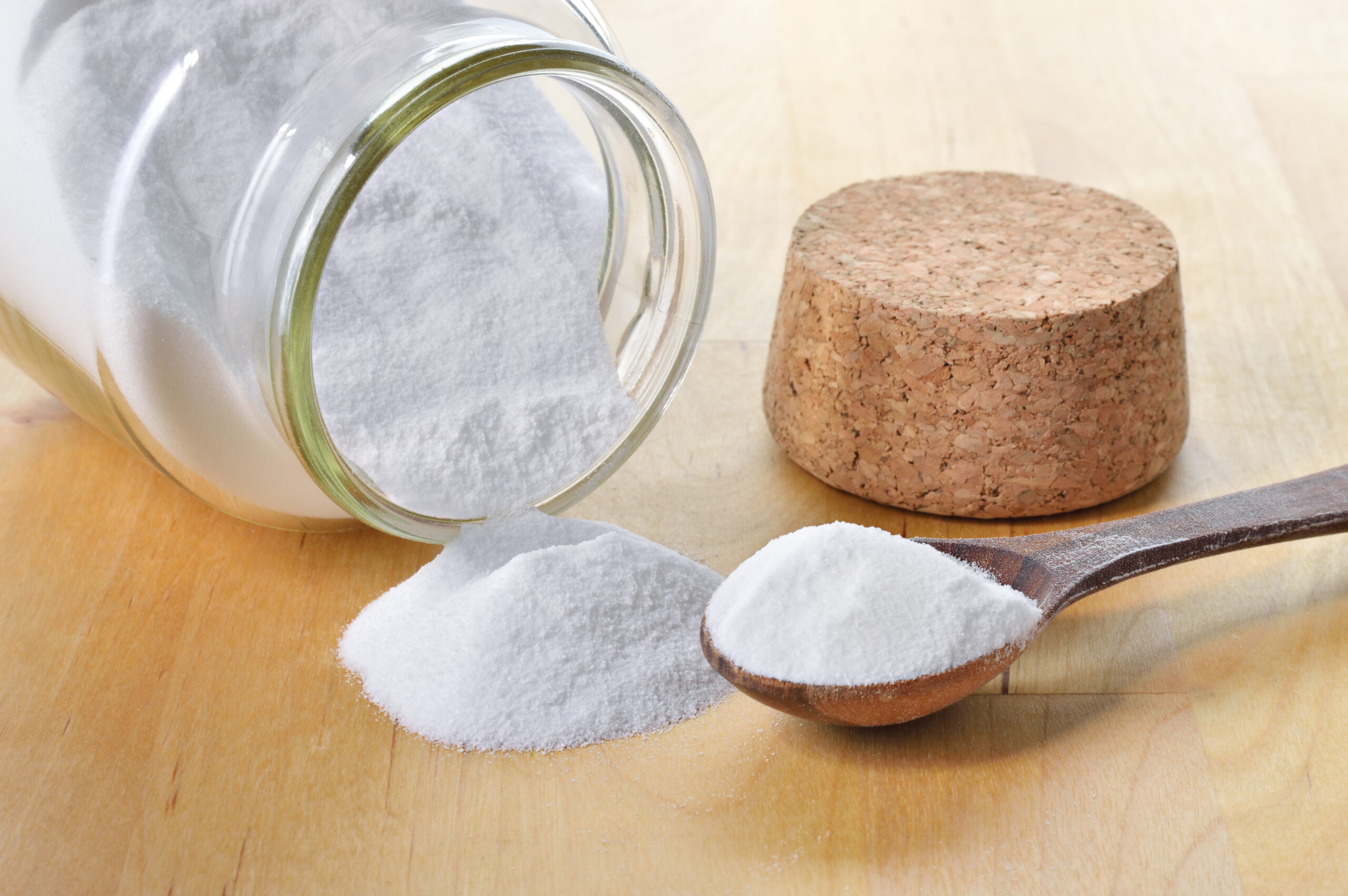
Almost as important as the act of boiling a bagel is what you put in the bagel-boiling water. This can make all the difference in taste and texture.
Bagel boiling liquid sometimes contains honey, brown sugar, or malt syrup. This gives the bagel’s outer crust a glossy finish and adds some sweetness to the final product.
Another option is to use baking soda in the boiling water, which gives bagels a toasty brown color. Just don’t use too much if you don’t want a salty bagel!
Steaming vs. Boiling a Bagel
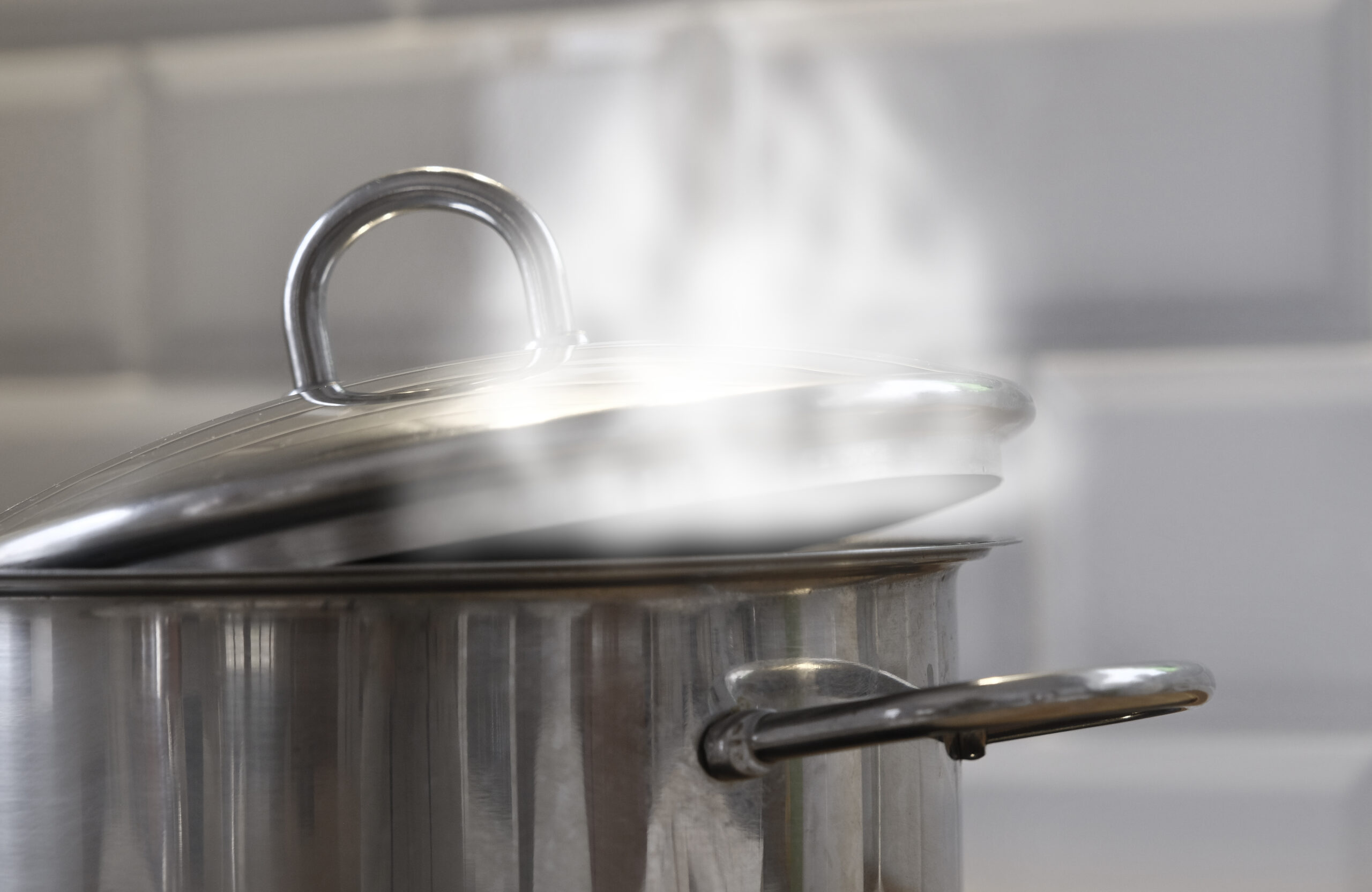
As mentioned, some bagel bakers outside of New York steam their bagels rather than boiling them. What difference does that make to the quality of the bagel?
Steamed bagels have their admirers, and there’s nothing fundamentally wrong with a steamed bagel. It just won’t resemble a true, traditional New York City bagel.
Steaming is a gentler process than boiling, which means these bagels can have more delicate dough. This can lead to a fluffier, lighter bagel, which some people prefer.
Don’t Forget to Ferment

To get even more into the process, New Yorkers tend to make bagels by fermenting the dough slowly in wooden containers. Not everyone does this.
Producing bagels slowly helps the yeast produce more than 50 flavor compounds that can create a distinct taste. Those compounds are essential to a good bagel.
So if you’re interested in replicating a real New York bagel, you’ll need to carefully master this critical step. And you might need to order some supplies.
It’s Not Just the Bagels
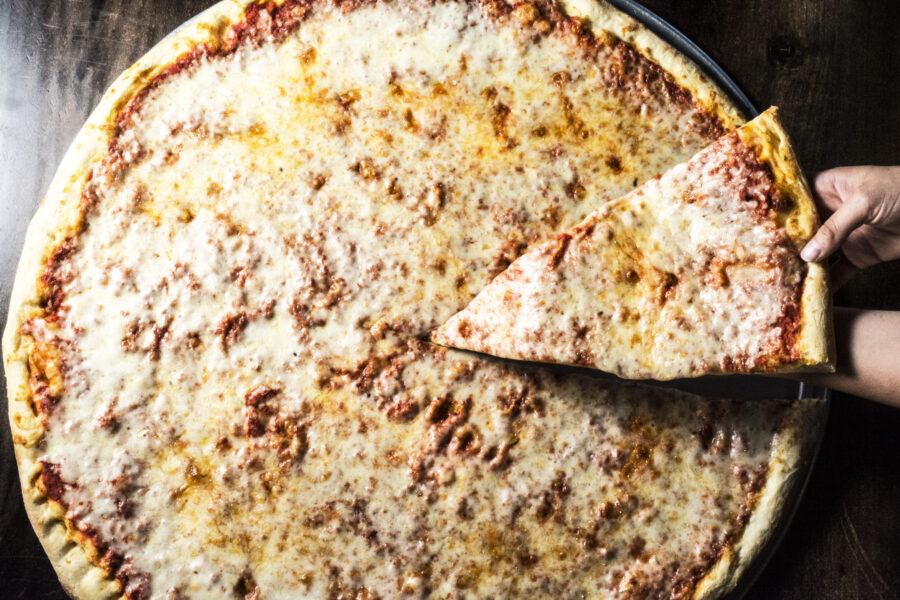
Bagels aren’t the only doughy delight that reportedly benefits from New York’s mystical, magical water quality. Baked goods get a dose of New York water’s magic, too.
Pizza, another New York staple, seems to experience a glow-up when infused with water that has just the right mineral composition. And New York’s water fits the bill.
Baked goods from a simple loaf of bread to crunchy-melty calzones all reportedly taste better when they’re baked in New York. We’ll have one of each, please!
Tracing the Humble History of Bagels in New York City

Imagine you’re walking down a bustling street in New York City’s Lower East Side. You’re hungry, and you’re in search of something hearty but inexpensive to eat.
The year is 1890, and the aroma of fresh bagels wafts through the air. As it does, it leaves its mouthwatering mark on the city’s culinary and cultural landscape.
This is where historians agree that New York City’s iconic bagel originated. Jewish Polish immigrants introduced them as an inexpensive, delicious, and filling breakfast option.
A Booming Bagel Business
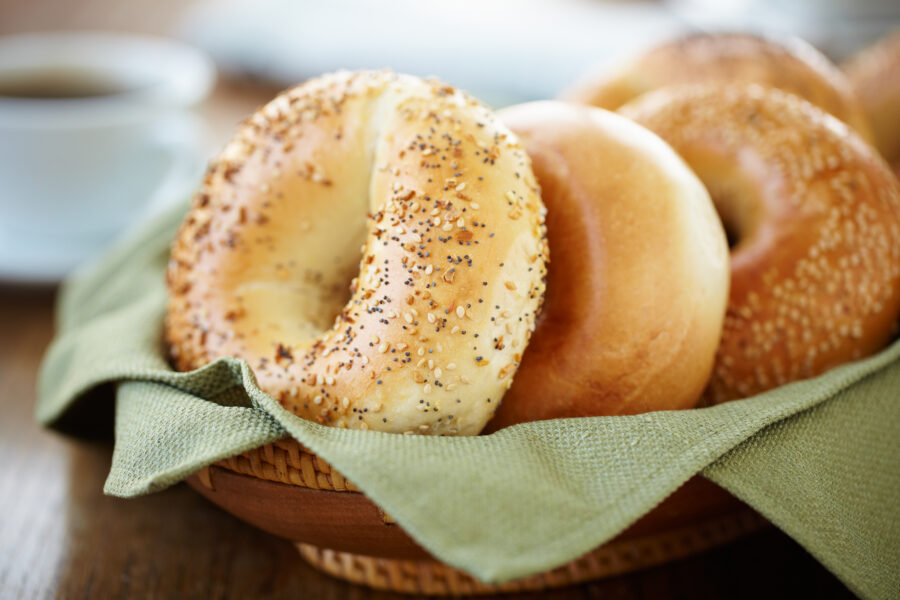
Following their introduction by the Polish community in New York, bagel mania began to spread across the city. You couldn’t escape the tantalizing scent of baked dough.
By the 1900s, New York’s bagel business was booming, with more than 70 specialty bakeries, delis, and stands. It wasn’t only immigrants who bought them up by the dozen.
In the annals of New York’s history, bagels have carved out a special place for themselves, becoming more than just a breakfast item. They’re a cultural institution.
Bagels Can Protect You from Demons?
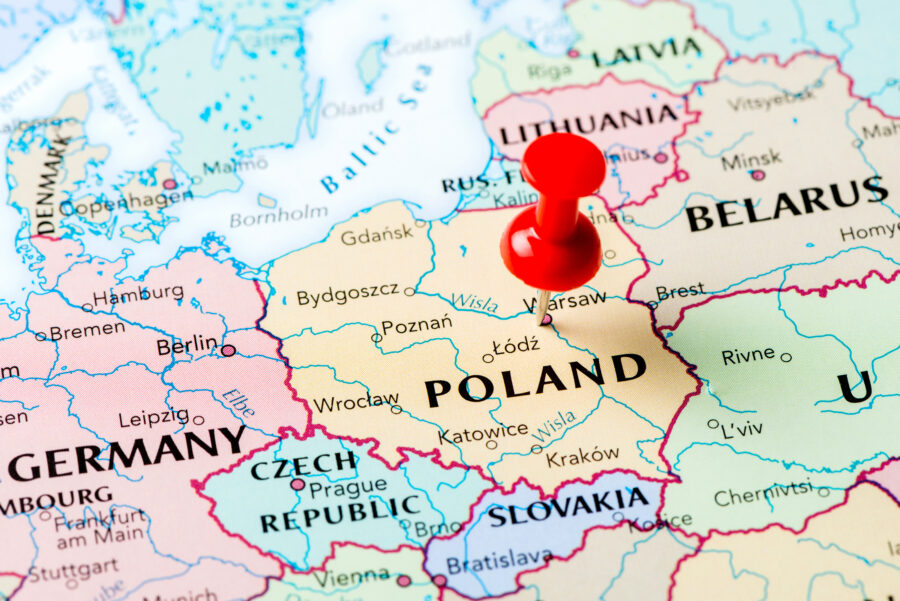
According to My Jewish Learning, there’s more to the humble bagel than meets the eye. Bagels are actually of South German origin, but they took their final form in the Polish shtetl.
With their circular shape, having no end and no beginning, bagels were said to represent the eternal cycle of life. They were even credited with protecting against demons.
It’s no wonder bagels are so delicious. And if that’s not a good enough reason to eat bagels at every meal, we don’t know what is.
Can You Make a New York Bagel at Home?
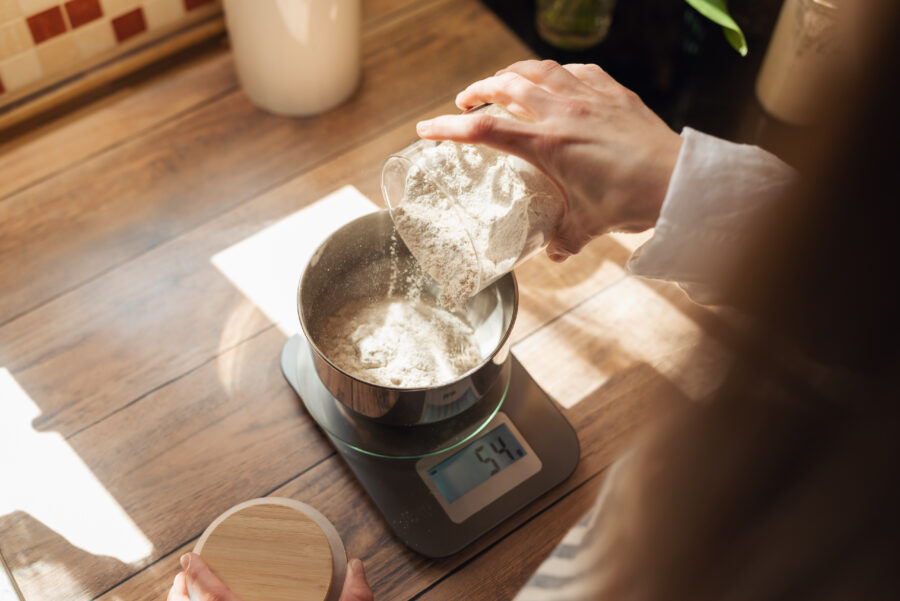
So if you don’t happen to live within easy traveling distance of East Coast bagels, how can you get an authentic-tasting, chewy, delicious New York-style East Coast bagel at home?
Well, you could have some New York City water shipped to your door, but that can get pricy. Alternatively, some companies actually sell “water replicator” systems.
These nifty gadgets can apparently help you achieve the correct mineral composition required for chewy, dense East Coast bagels.
What Do You Need to Make Bagels at Home?
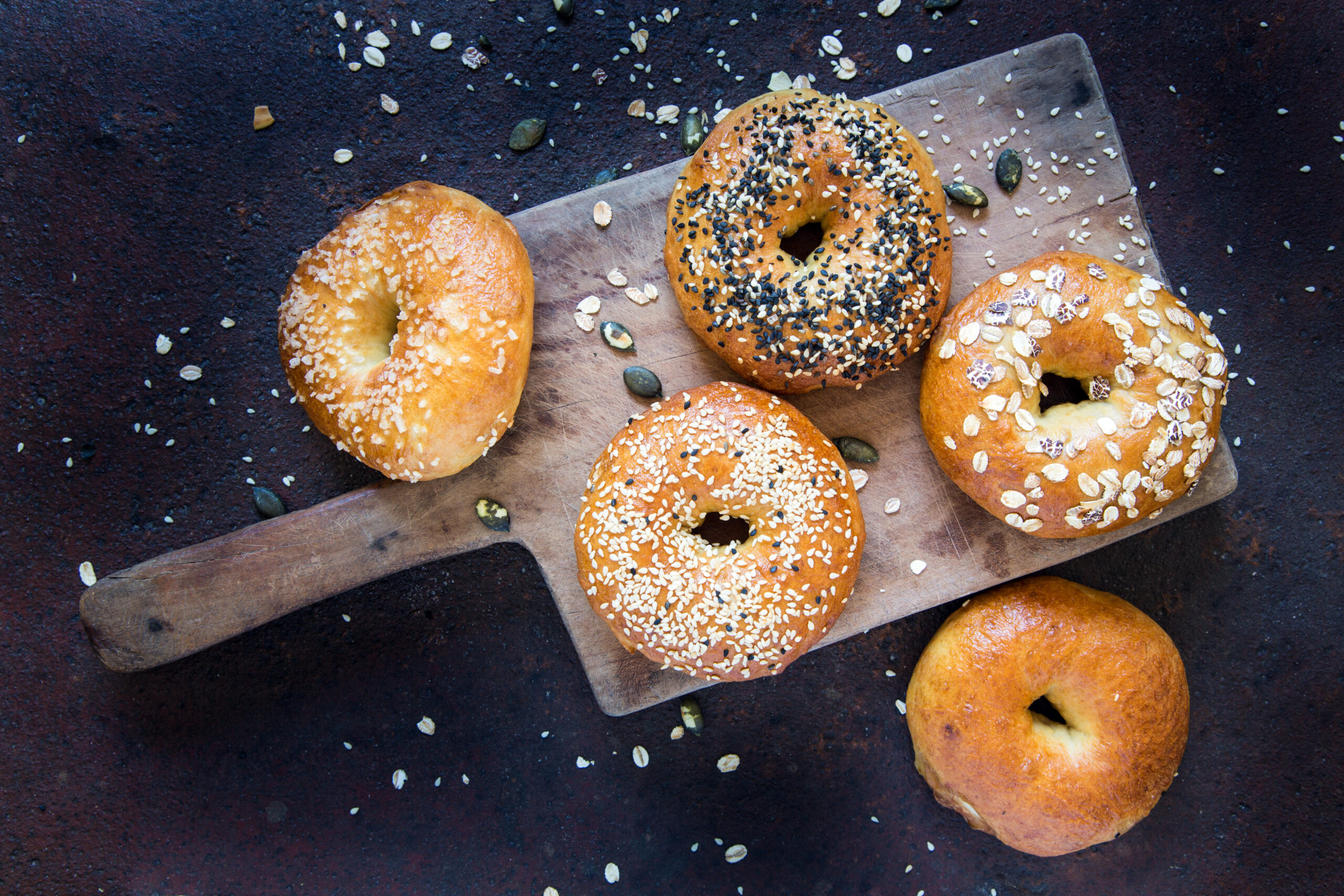
Bakers who make bagels on a large scale might need special boiling and baking equipment, but do you? Fortunately, no. You can make bagels at home with some basic preparation.
To make a bagel at home, you just need the dough, a liquid for boiling, and any toppings you want to add. It’s as simple as that!
Of course, you’ll want to fine-tune your dough and try some different boiling methods to get your bagels just right. It’s all a learning experience.
Replicating New York Water Yourself

Even without gadgets, some individuals have claimed to be able to replicate New York’s water at their homes or restaurants. But of course, they’re keeping their secrets to themselves.
The Original Brooklyn Water Bagel Co. in Florida is one example. They claim to have a proprietary process that “Brooklynizes” the water they use to bake their tasty bagels.
So if you’re looking to bake up authentic New York bagels yourself, you might need to dedicate some time to culinary experimentation. If you discover the secret, let us know!
Should You Use Soft Water for Bagels?

Is recreating New York’s water really that difficult? After all, it’s relatively easy to turn hard water into soft water, and many homes do this already.
Unfortunately, research has shown that using soft water instead of hard water only has a tiny effect on a bagel’s quality. How is that possible?
It’s possible that New York City’s water has special qualities beyond being softer. For example, it might have a unique mineral composition in other ways.
Otherwise, Here’s Your Solution
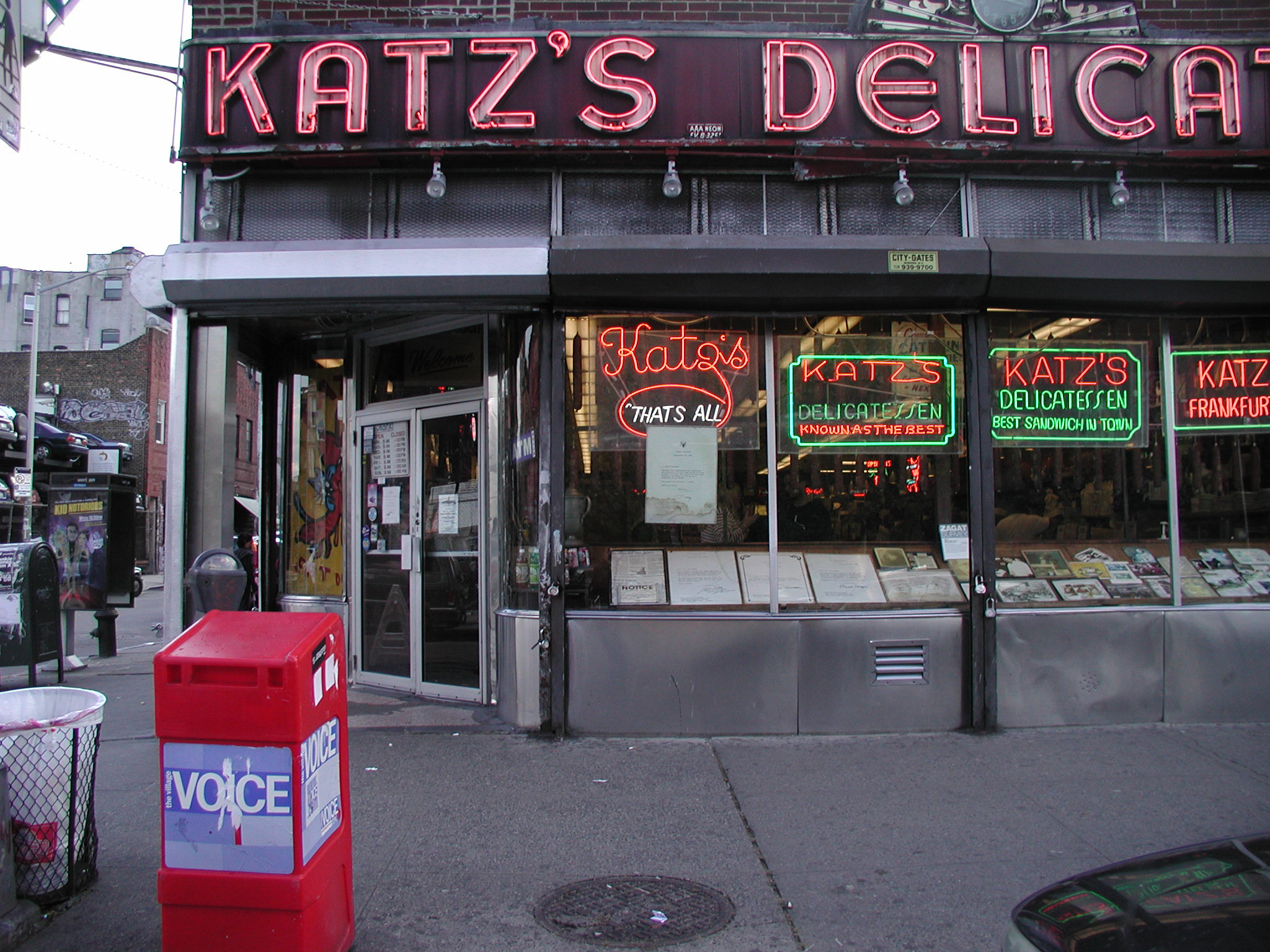
You could just order your bagels from the source. Then you can skip the process of reformulating your water (which, let’s face it, most of us aren’t going to do).
Katz’s Deli, one of the most famous bagel institutions and delis in New York has this option available. As do many other bakeries and delis headquartered in NYC.
Not only does this mean that you can get deliciously authentic bagels yourself, but you can buy them for anyone. Send a batch to anyone who loves a circular snack.
Where Else Can You Get a Breathtaking Bagel?
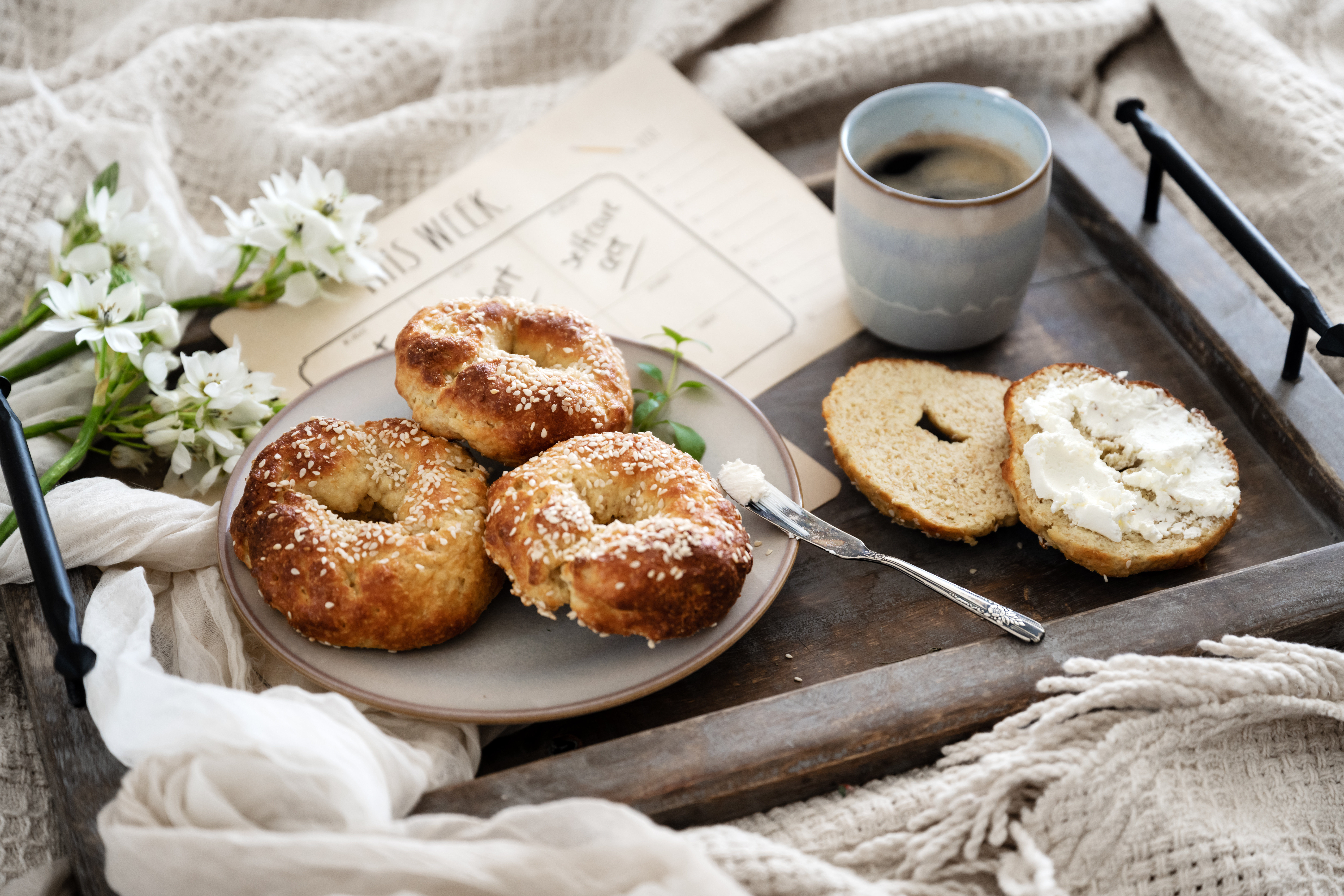
You might not be able to get a true New York bagel if you don’t live on the East Coast. But that doesn’t mean you can’t get a good bagel.
In fact, bakeries across the US are forging their own paths these days, straying away from just mimicking NYC’s baked goods. Bagels are taking on all new definitions.
Bakers nationwide are blending their specific region’s culture and customs to create unique bagels that are entirely their own thing. Check out the bagels in your region!
West Coast vs. East Coast Bagels
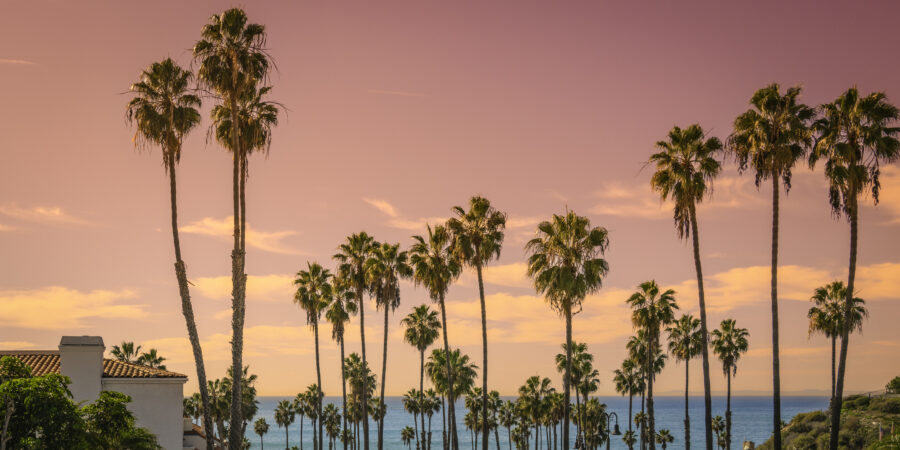
You don’t have to look far to realize that West Coast bagels also have their dedicated fans. In fact, there are even some who prefer them to New York bagels.
Forward explains that West Coast bagels tend to be airier inside and make use of more sour fermentation than East Coast bagels. New York bagels are denser and chewier.
So finally, there’s no shame in admitting that you prefer a California bagel to a New York bagel (well, maybe just a little). Which do you prefer?
New York vs. Philadelphia Bagels

Another important contender in the bagel races? Philly. According to Bloomberg, one Philadelphia baker in particular is bringing authentic Jerusalem bagels to his hometown.
Unlike New York’s bagels, Jerusalem bagels aren’t boiled before baking, so they’re softer and fluffier. They also often include milk and sugar, giving them a sweeter taste.
So if you’re seeking a different kind of East Coast bagel, the trek to Philly might be worth your while. Make sure to let us know how it goes!
Chicago Bagels vs. New York Bagels
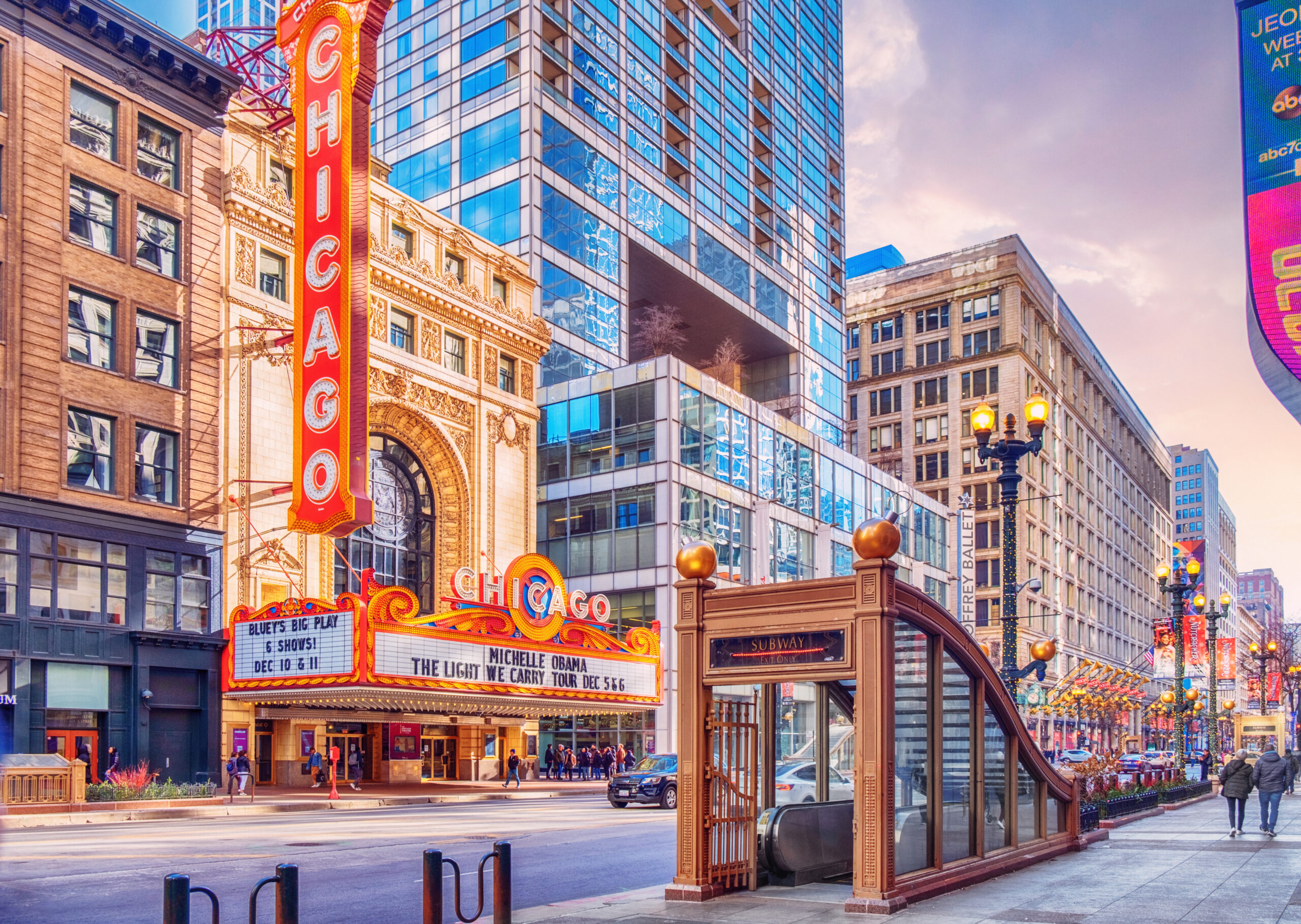
Great bagels aren’t limited to the coasts of the United States. You can also get a unique bagel experience in Chicago.
Chicago-style bagels are created very similarly to New York bagels, but with a few key differences. How are they different?
The main difference is that, while New York bagels are boiled, Chicago bagels are baked with steam. It’s a small change that makes a big difference.
Bagels in Other Countries
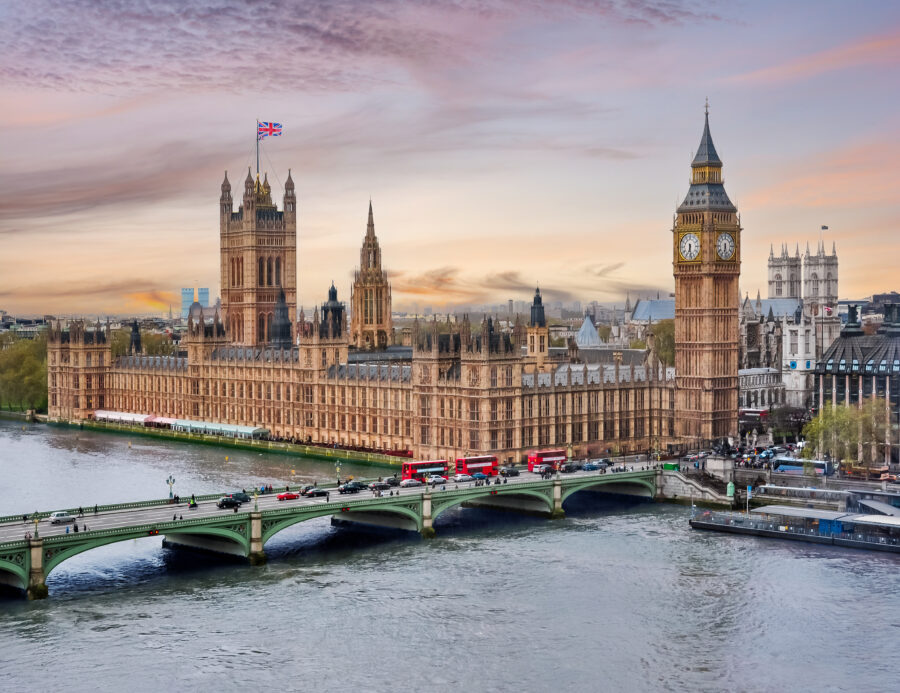
Finding a great bagel in the United States is all well and good, but what if you’re traveling abroad? Luckily, bagels aren’t limited to just the US.
In the UK, you can pick up a London bagel, or “beigel.” These baked bready circles are chewier and have a denser texture than their New York competitors.
In Austria, you can get a beigl, which is a baked ring made of yeasted dough. These dough rings are briefly boiled and topped with salt. Sound familiar?
Montreal vs. New York Bagels
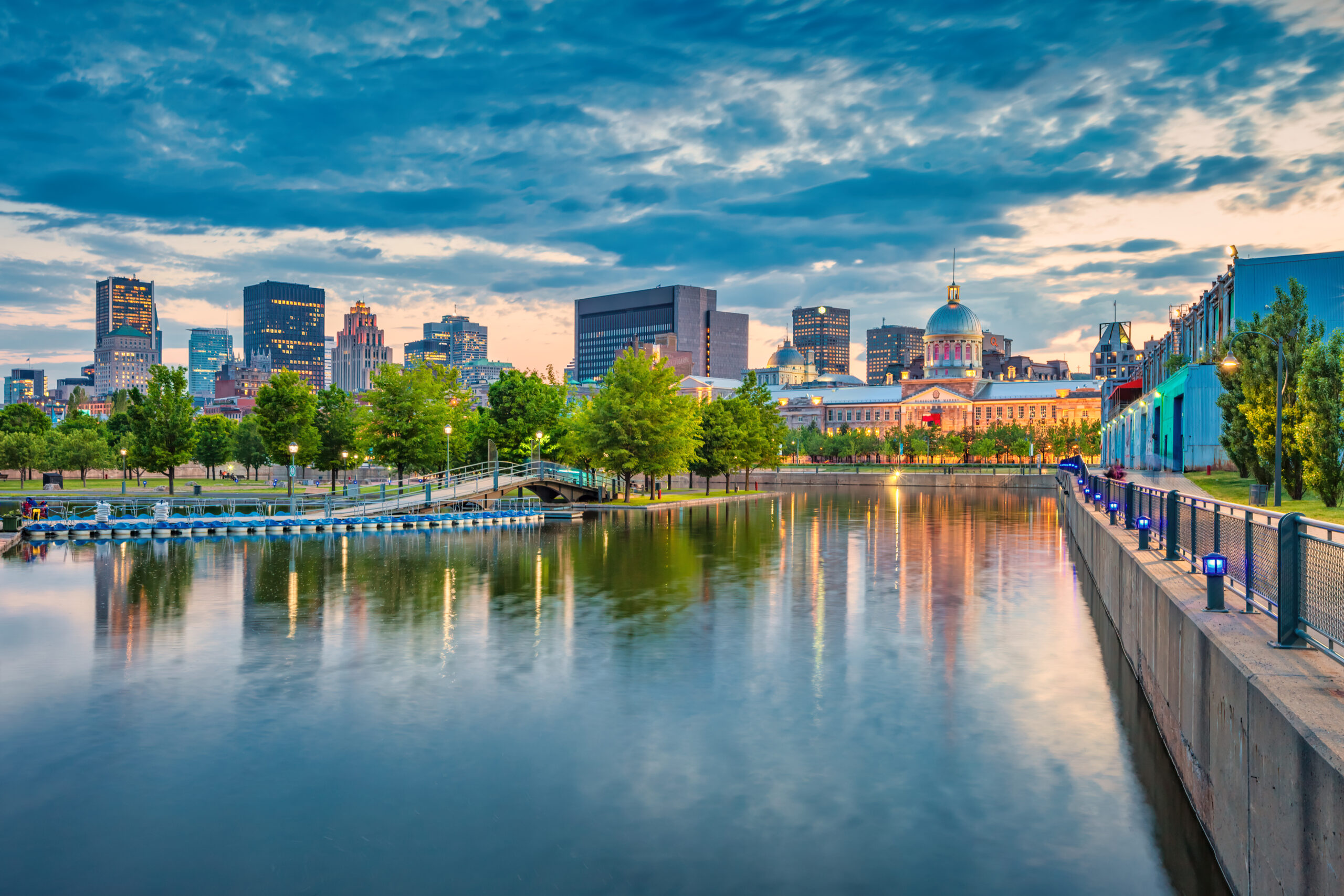
You don’t have to go across the pond to get a good bagel in another country. Canada has its very own style of bagels, particularly in Montreal.
Montreal has a strong bagel history, just like New York City. And both Montreal bagels and New York bagels have dedicated fans. But what makes them different?
Montreal bagel bakers usually sweeten their boiling water with honey. They also bake their bagels in a wood-fired oven, which differs from New York’s bagel process.
Non-Traditional Bagels
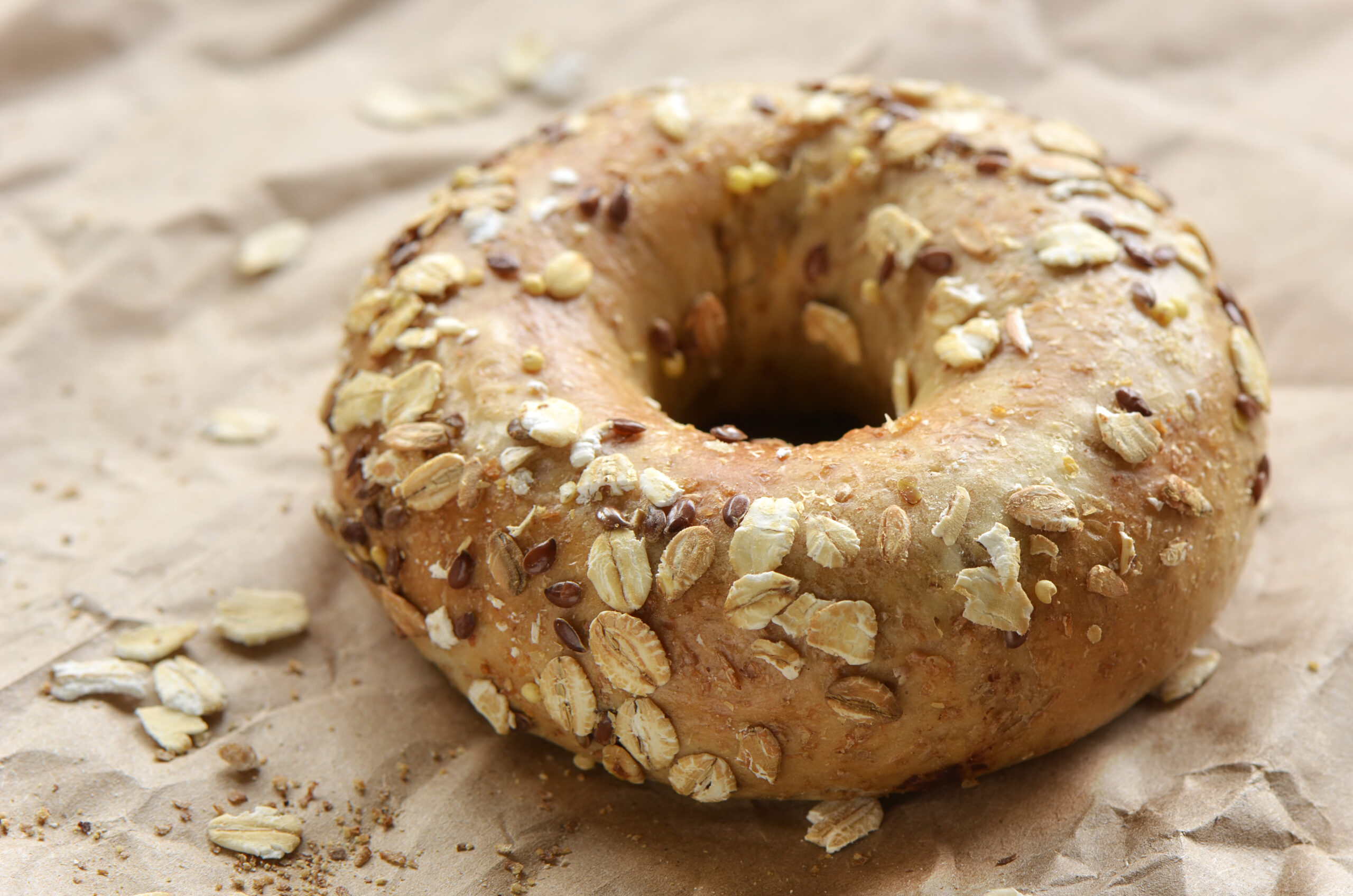
What if you want a bagel, but you want to spice it up just a little bit? You can, with several non-traditional bagel types available.
While traditional bagels are made of yeasted wheat, you can also find bagels with other types of dough. These include pumpernickel, rye, sourdough, bran, and more.
Perhaps even more exciting is the existence of “flagels,” or flat bagels. These can be found in NYC as well as Long Island and Toronto.
More Delicious and Doughy Options
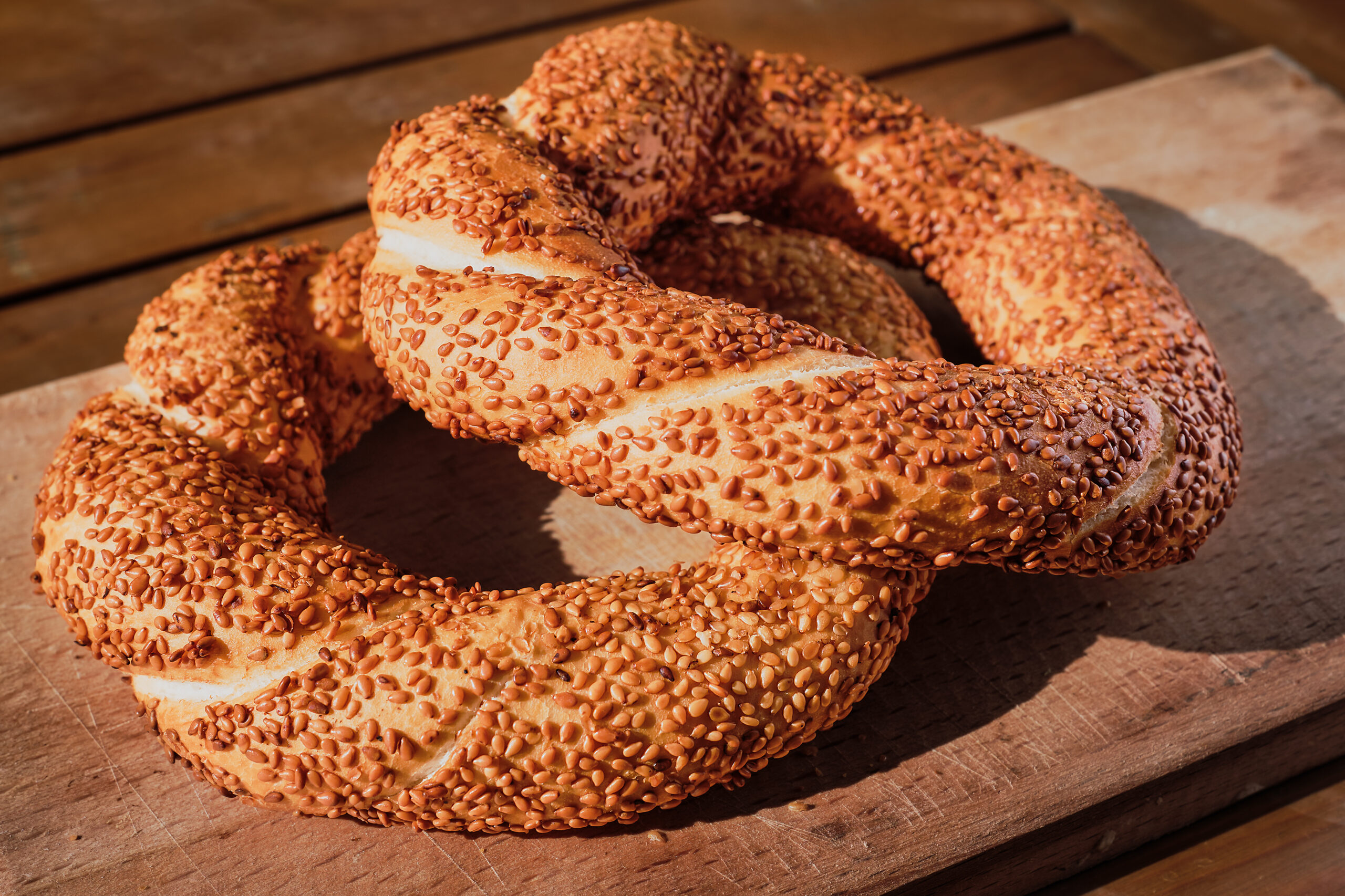
To mix things up even more, you could buy or try to recreate one of several bagel-adjacent breads. These aren’t technically bagels, but they’re close.
One example is bubliki in Russia. This type of bread is made with a different type of dough that uses butter and sometimes milk.
In Turkey, you can find a ring-shaped bread called acma. This type of bread is saltier and fattier than a typical bagel. It’s also sometimes known as a Turkish bagel.
Recreating a New York Bagel Experience

You might not have access to NYC water or even mail-order originals. But that doesn’t mean you can’t enjoy some of the qualities of an NYC bagel at home.
The key is in choosing the right kind of toppings for your bagel. The question is: what do New Yorkers like to put on their iconic bagels?
There are varied opinions, but a leading favorite is a simple cream cheese topping on an everything bagel. Otherwise, get the works with lox, tomato, onion, and capers.

